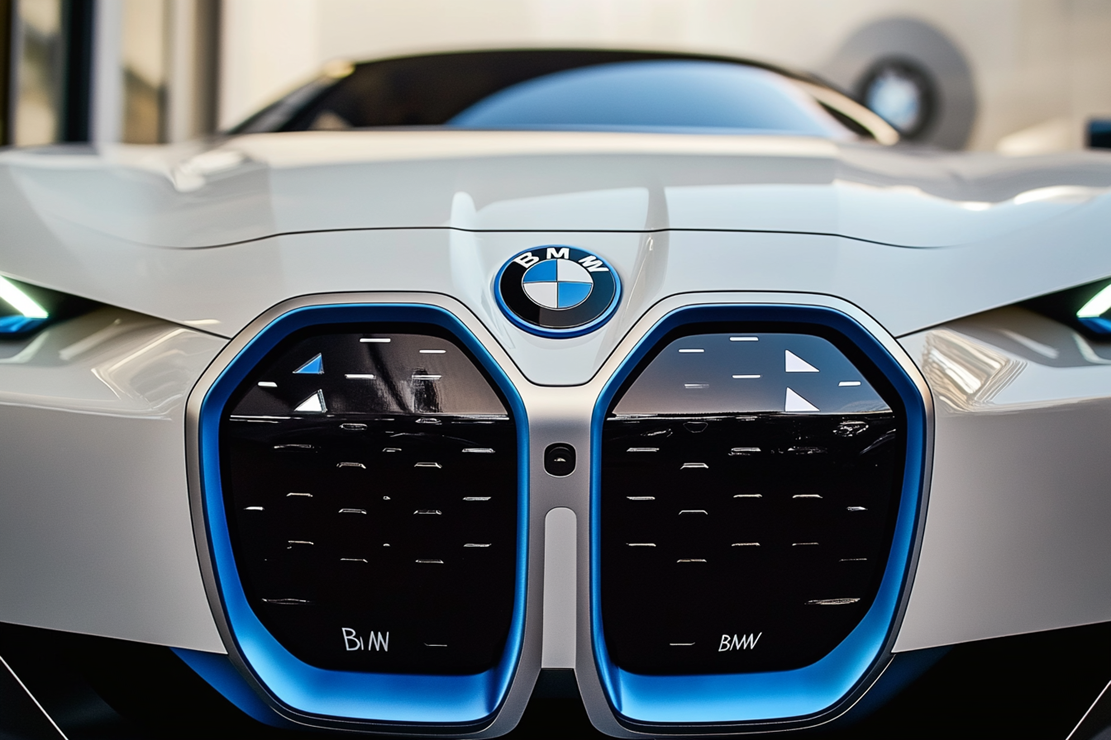In a groundbreaking move towards sustainable energy, the UK has installed its first bladeless wind turbine at BMW’s manufacturing facility in Oxford. This innovative design, developed by Aeromine Technologies, offers a cleaner, quieter, and more wildlife-friendly way to generate wind power, diverging from the conventional wind turbines with spinning blades.
The bladeless turbine, located on the roof of the BMW plant, operates using a unique mechanism that sets it apart from traditional models. Instead of relying on large, rotating blades, it features a central tower with vertical airfoils, resembling aircraft wings. These airfoils create a vacuum effect that accelerates wind flow into the turbine. This efficient design increases the amount of wind energy captured, especially when positioned to take advantage of prevailing winds.
Once the wind enters the system, air is pulled through the base where it powers a propeller connected to a generator, producing electricity. The motionless design minimizes noise and vibrations, key concerns in urban environments. Additionally, it significantly reduces the risk to wildlife, particularly birds, which have been affected by traditional turbines in the past. By eliminating spinning blades, the technology offers a safer alternative for ecosystems without compromising on energy output.
BMW’s decision to install this wind turbine aligns with its broader sustainability goals, as the automaker strives to reduce its carbon emissions and embrace renewable energy solutions. The Oxford plant already utilizes solar panels, but during the UK’s less sunny months, particularly in winter, solar energy alone is insufficient to meet the factory’s energy needs. This new turbine is designed to work alongside solar panels, filling the gap by harnessing wind power when sunlight is limited, offering a reliable energy source year-round.
One of the most appealing aspects of the bladeless turbine is its ability to operate quietly, a major improvement over traditional turbines. This makes it an ideal solution for areas where noise pollution is a concern, including urban and residential settings. By reducing both noise and environmental impact, the technology could pave the way for wider adoption of wind energy in densely populated areas.
Another advantage of the motionless wind turbine is its reduced risk to wildlife. While traditional wind farms have not been the primary threat to birds, they have still contributed to fatalities among certain species. The bladeless design, which lacks the rotating blades responsible for many of these incidents, provides a much safer alternative for bird populations, particularly in areas where vulnerable species reside.
Despite the exciting potential of this new technology, retrofitting existing wind farms with motionless turbines would be expensive and logistically complex. For now, the installation at the BMW plant represents a significant step forward in renewable energy technology. As global demand for sustainable energy continues to rise, bladeless turbines and other innovative designs are likely to play a larger role in future energy strategies, helping to combat climate change in a more eco-friendly manner.







